You would be surprised to know how many accidental cannabis mutations ended up inspiring strains that we smoke today. They are rare and usually happen without warning. The potential ways cannabis can mutate is essential information for growers, so if you’re curious to know more, keep reading!
Just like with any interbreeding, mutations can occur, and cannabis is no exception to that rule. Of course, we are not talking about the kind of genetic mutations that breeders do on purpose, but the kind that are a surprise to the grower. These can take on all forms and types, and, even though on first contemplation it might seem like something a grower wouldn’t want, breeders are always curiously looking out for them. Sometimes these accidental cannabis mutations are solutions for greater potency or greater growing convenience.
Cannabis mutations are interesting to observe because they often come up spontaneously, without warning, and sometimes come with very pleasant surprises. However, it also requires great care when trying to isolate these mutations to try and introduce them into current strains. This could create a whirlwind of undesired mutations spreading across cannabis genetics. In any case, breeding is a delicate operation. These are some mutations (some more common than others) that can occur in cannabis plants!
Ducksfoot Cannabis
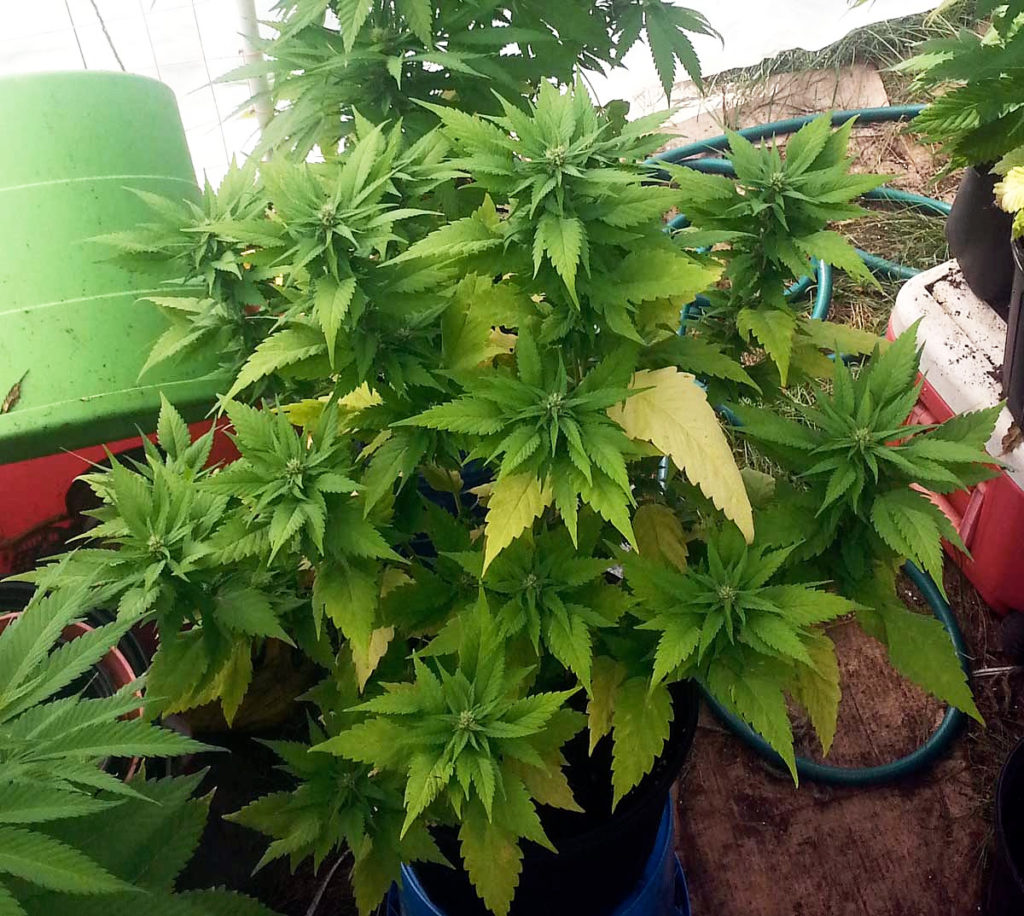
Ducksfoot cannabis strain occurred as a result of one of these accidental mutations that an Australian breeder took advantage of by cultivating it into a true strain. It is called Ducksfoot because of the webbed feet-like leaves that it develops, instead of the very defined finger leaves that cannabis plants usually grow.
The seed of this strain is grown particularly for these peculiar leaves of hers, but when it grows up noticeable differences occur in other genetics such as cannabinoid content, yield, and overall look of the plant. Most of these plants grow up to be sativas, although some do become indica strains. This suggests that the Ducksfoot mutation can occur in a variety of strains, and is not necessarily specific to the particular strain it was first discovered in.
Naturally, the strain is called Ducksfoot because the shape of the leaves looks just like that of a duck or other aquatic bird. This strange mutation is the result of a recessive gene, which means that when it is bred with another strain there is only a 1 in 3 chance that it will grow to have the special webbed leaves.
Ducksfoot can be extremely camouflaged as a cannabis plant before it begins growing colas. It can look almost nothing like a cannabis plant and in fact can be quite deceptive. It is, perhaps, for this reason, that growers sought to continue breeding this particular genetic, as it is definitely disguised as some other plant even right through its flowering stage.
Variegation Mutation
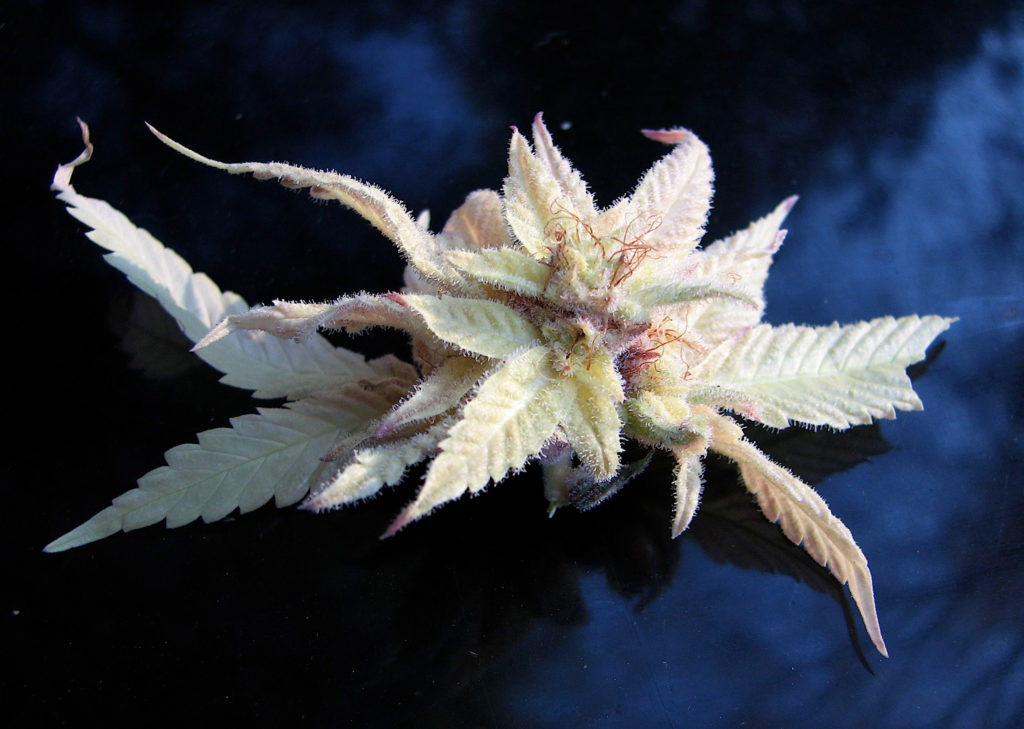
Variegation is arguably one of the most beautiful mutations that can occur on a cannabis plant, although if it occurs severely it is not generally seen as a desirable mutation. Variegation is the total or partial albinism of the cannabis plant, meaning it effectively turns white. In the most special of all cases, it will turn white in certain parts of the leaf, creating incredible designs. Sometimes it will split right down the length of the leaf, exactly half of it being white and half of it being green.
It occurs as a result of the plant not properly being able to produce chlorophyll. The genetic mutation is occurring on the gene that expresses the plant’s ability to produce chlorophyll. This gene is usually switched off in certain parts of the plant in the case of variegated cannabis, meaning that part of the plant is white. It can occur on the leaves as well as on the heads of some buds.
In the most extreme cases, the entire plant can become albino. In this situation the plant usually does not live long, as without the ability to produce chlorophyll, it cannot produce the sugars to go on living and producing buds. This should mean that those plants that express variegation should have lower yields, as a lessened ability to photosynthesize would naturally occur in slower growth. However, some variegated cannabis plants have grown to be quite tall.
Whorled Phyllotaxy
Cannabis leaves are already bursting with the kind of geometry we only get from nature, but this relatively common mutation makes it even more special. Whereas a regular cannabis plant would usually have two leaves coming from each internode (one opposite the other), this mutation causes there to be three. They occur at a 120-degree angle from each other, creating a beautiful spread of cannabis leaves.
This generated an extra branch at each node, meaning that these plants became extra bushy. As a result of this, breeders began taking this gene and trying to bring its expression into other strains of cannabis. The rationale was that plants with an extra branch could have the potential to produce greater yields, and some strains have successfully expressed this. Whether or not this genetic mutation actually causes greater yields or not, it is seen as generally harmless in any other respect.
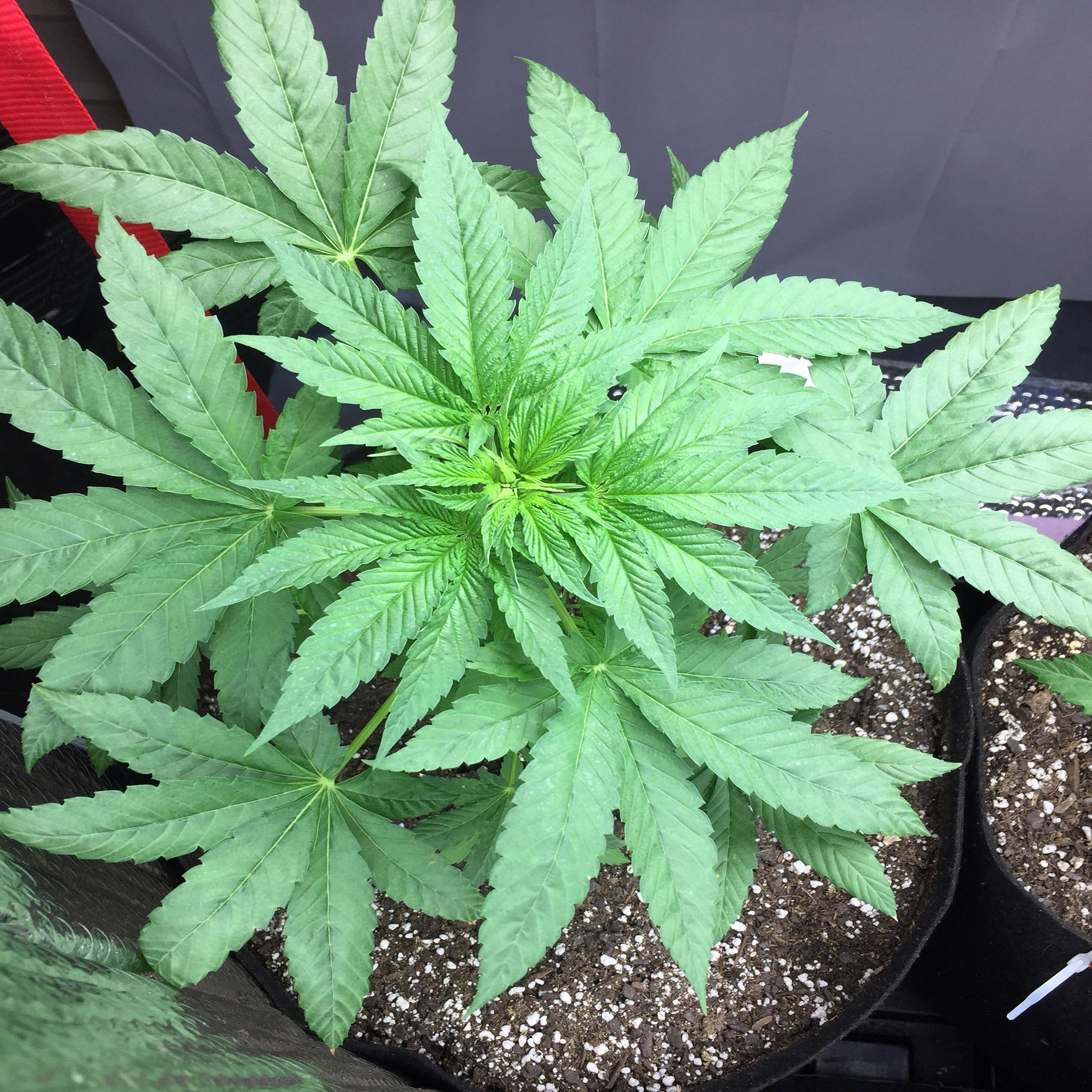
Twin seedlings
Twin seedlings are another common mutation that can occur in cannabis plants, and, just like the name suggests, a single cannabis seed can sprout two roots. At first glance, it could even look like there is something wrong with your seed, but there is not. In fact, this is seen as a great mutation to occur, because there is then the potential for two plants there. This can only happen successfully if it is carefully handled. Otherwise, the stronger one will consume all the nutrients and food and the weaker one will consequently starve.
When this occurs, the grower usually carefully removes the seed shell and separates the two plants that have begun to grow. They should both grow successfully and there are interesting genetic observations to be made of the two plants that result. One of them is the offspring of its mother and father, and the other is an exact clone of its mother!
Seeds that have sprouted three roots have been observed in the past, too, although this is far more uncommon than the twin seedlings.
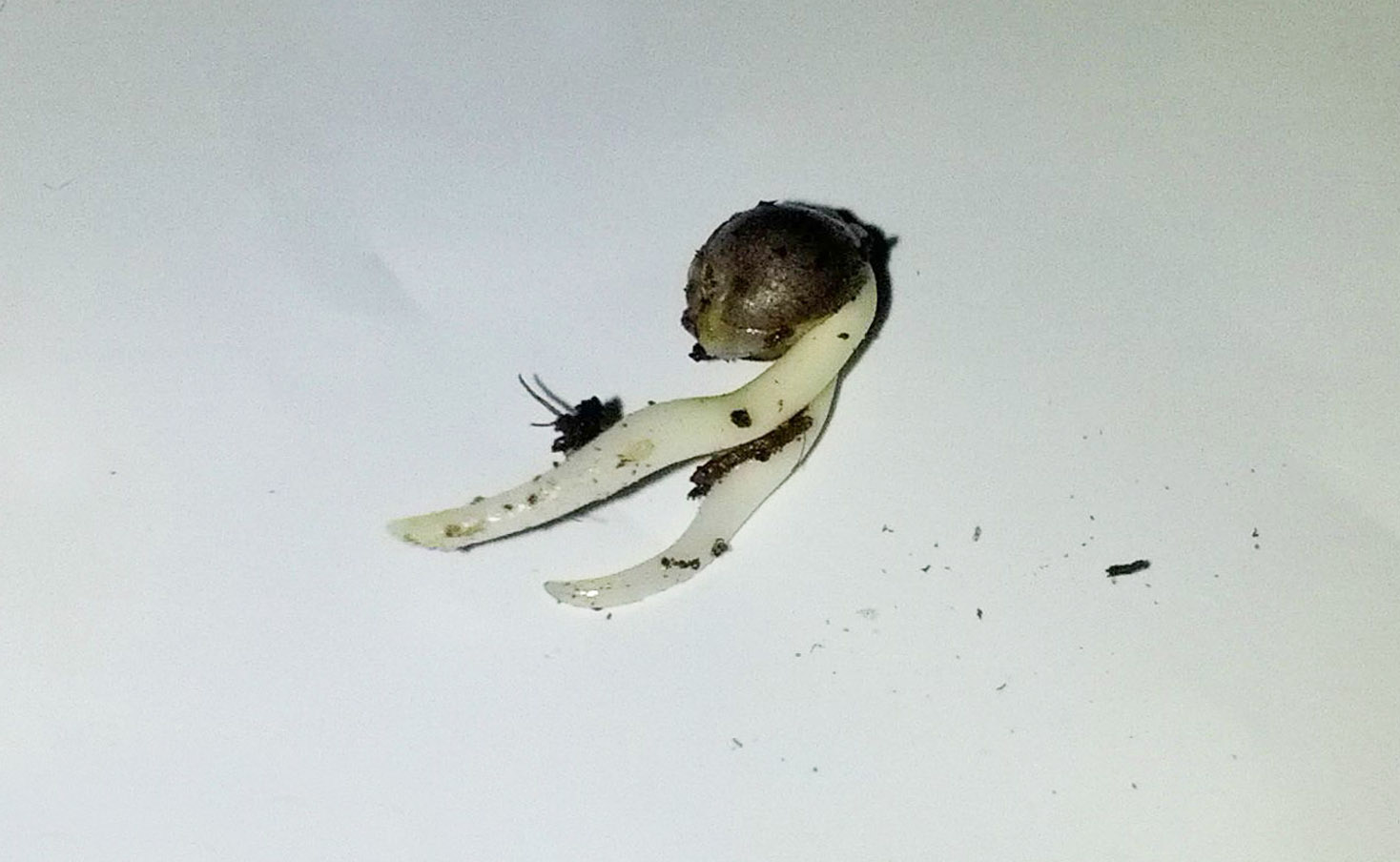
Vine cannabis
This mutation is a particularly interesting and uncommon one in cannabis mutations. It has only been observed as having occurred as the result of trying to breed with another genetic mutation, and has only been observed a handful of times at that. The result is a genetic mutation that caused the stems to wrap around each other much the same way a vine would.
This mutation began with a plant that was discovered to have a completely different mutation in Sydney, Australia in the 1970s or 1980s. This strain was found to be very short and bushy, much like an herb. The leaves on this plant remain tiny, no greater than 5 centimetres in length, and it does not get quite tall. It was called the ABC strain (Australian Bastard Cannabis), and breeders got to work trying to breed it into a strain with higher cannabinoid levels. During this process they observed this strange vine-like weed that wraps its own stems around itself.
Sometimes these vines grow all the way to the top of the stem and then begin growing downward towards the ground. In the right environment, they will begin growing new roots into the soil. This creates an incredibly bushy and strong plant with the potential to yield a lot. Not to mention it disguises itself with its vines!
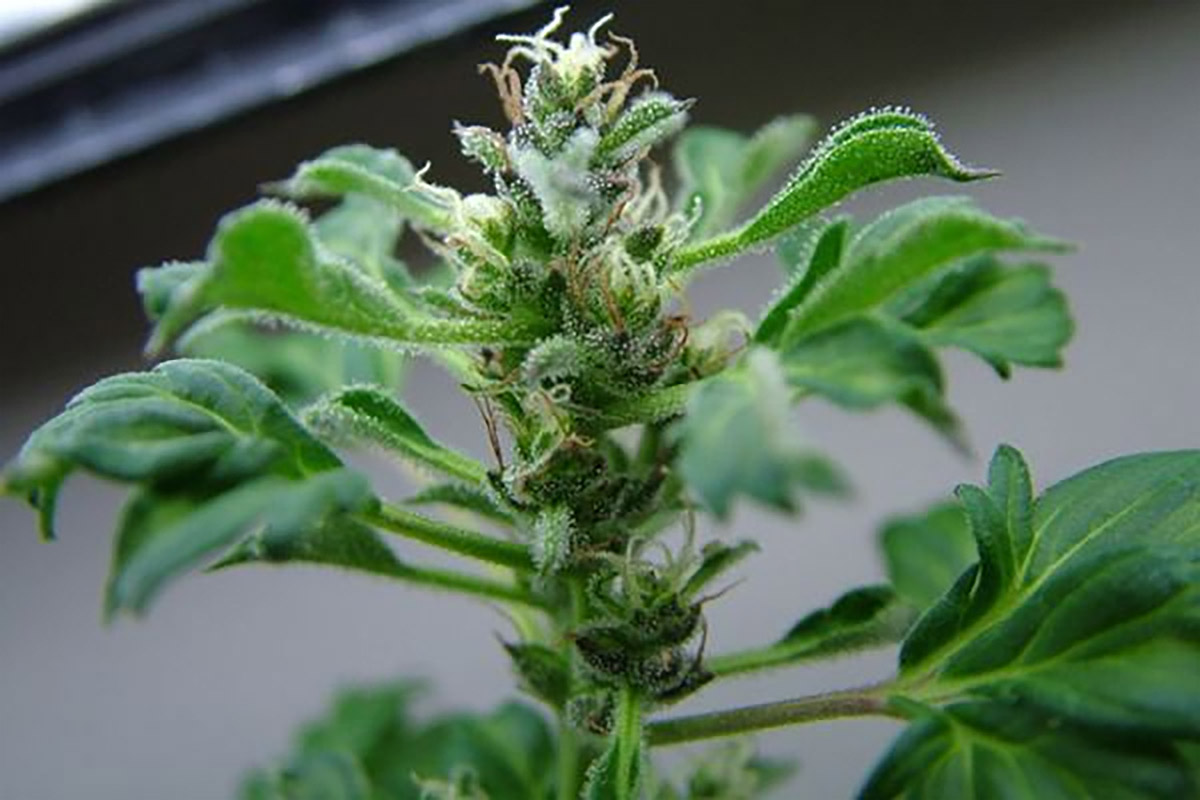
These are just a handful of the different mutations that can occur on the cannabis plant. Given the amount of breeding work that occurs in the cannabis movement, it’s likely that mutations will occur every now and then, literally producing alien varieties of weed!





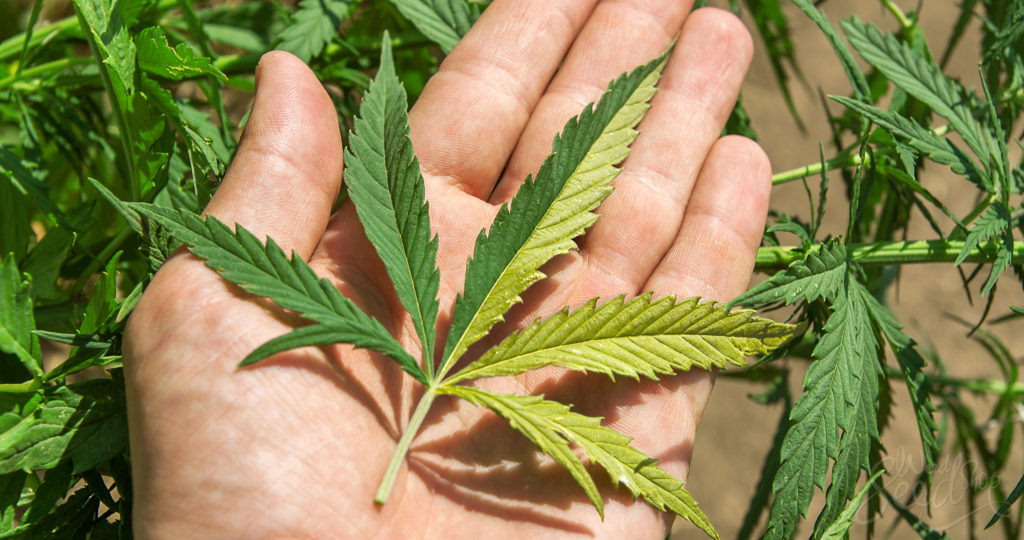

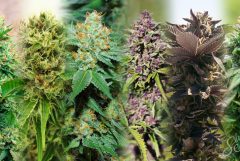
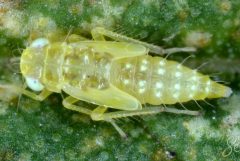
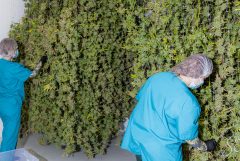

Hello, I thought I would share an interesting mutation that appeared on a plant recently. The leaves have grown in two layers with a secondary leaf growing directly out of the top of the first lower leaf. I have seen this before in some exotic plant but not cannabis. The plant has continued to grow in this fashion and is healthy and symmetrical. It will be interesting to see what differences if any will come about when it begins to flower. I will post again with an update if anything special happens.
I have a mutation which is Noted as “Vine-like!!” It is natural and I need to get this info out there!!!
“5) Vine-like cannabis
This is where things start to get a little murky. Several of the underground breeders who experimented with the ABC genetic reported producing crosses that actually had vine-like characteristics, including the ability to form stems that wrap in a spiral pattern around each other.
“Top 10 Craziest Cannabis Mutations
Cannabis Mutations – Vine-like cannabis
This mutation appears to be extremely rare, and does not seem to have been noted beyond these few anomalous experiments. Beyond its rarity and extremely unusual appearance, the vine characteristic does not appear to be highly advantageous, and no commercial strains have ever been developed.”